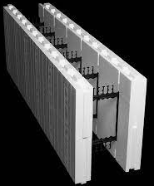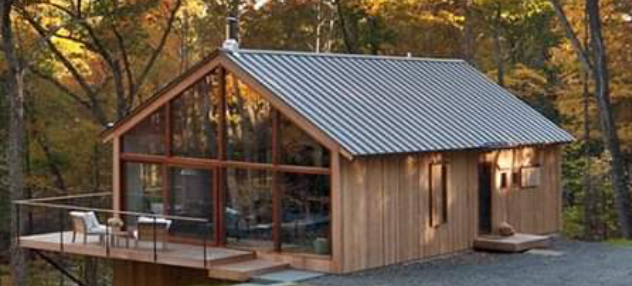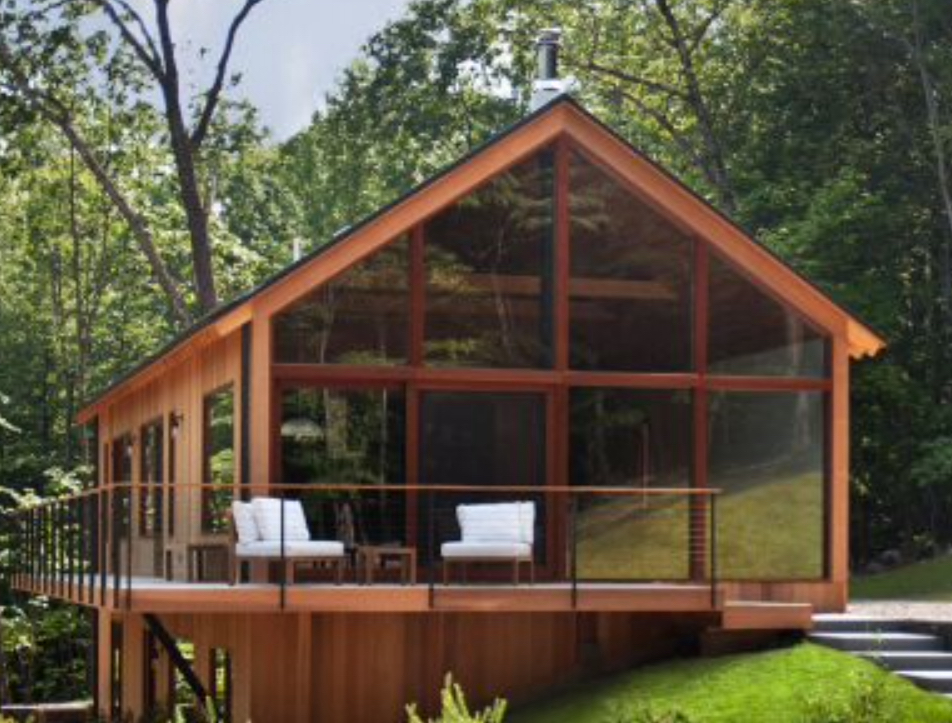Pole Barn on a Slope – Can I use ICFs?
Reader NATHAN in WASHINGTON writes:
 “I am hoping to construct a pole barn with a garage with attic storage and an apartment on the back as well. I have a couple questions. First, the site is on a slope, so I think we need to pour continuous footings and a foundation. Would you recommend using ICF forms for the foundation? Also, would a 4 foot tall foundation be acceptable? Thank you for your consideration!”
“I am hoping to construct a pole barn with a garage with attic storage and an apartment on the back as well. I have a couple questions. First, the site is on a slope, so I think we need to pour continuous footings and a foundation. Would you recommend using ICF forms for the foundation? Also, would a 4 foot tall foundation be acceptable? Thank you for your consideration!”
Many years ago I was faced with grade change challenges for two different buildings on my property – although I had a much greater grade change situation than you.
On one site, I intended to build a 22′ x 24′ garage using bonus room attic trusses to be able to have an office above. In this case, I was faced with 14 feet of grade change. You can read the story of this building here: https://www.hansenpolebuildings.com/2022/11/a-post-frame-building-at-newman-lake/ and https://www.hansenpolebuildings.com/2022/11/what-to-do-when-the-old-post-frame-garage-has-issues/.
On my other site, I wanted to build a larger garage/shop. In this instance, grade change was ‘only’ 12 feet across 40 of width. Here is its story: https://www.hansenpolebuildings.com/2012/02/grade-change/.
These two buildings had differing design solutions due to direction they would be entered. In case number one, as we were entering from ‘high’ side, it made sense to basically do a “stilt” building – and have an elevated wood floor. Elevated wood floors can be done for an investment very similar to a concrete slab on grade, especially when one considers costs to form and pour footings and build concrete (or ICF) walls. For building number two, entering from low side, cutting and creating what amounted to a daylight (aka walk-out) made more sense.
Your ultimate design solution probably resembles one of these two. If an ICF wall ends up being your play, keep in mind footing for wall will need to be at or below frost-line for your location. If you have four feet of grade change, your wall on low side could end up having an overall height of seven or more feet! On end (or side) where grade change is zero, those columns can be embedded in ground or done with wet set brackets and concrete poured piers, rather than having expense of a foundation wall on all sides.
In any case, we can design, engineer and provide your building – including foundation design.








